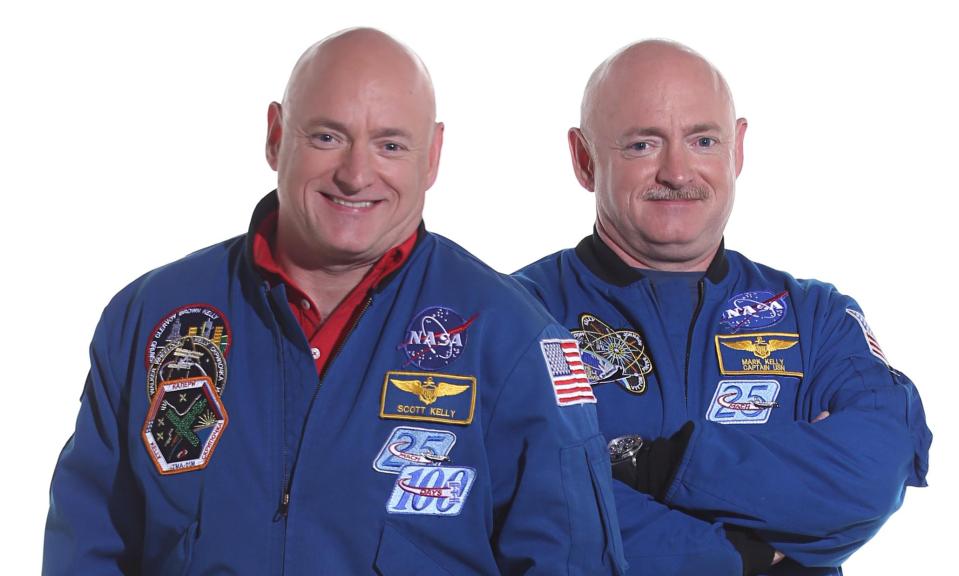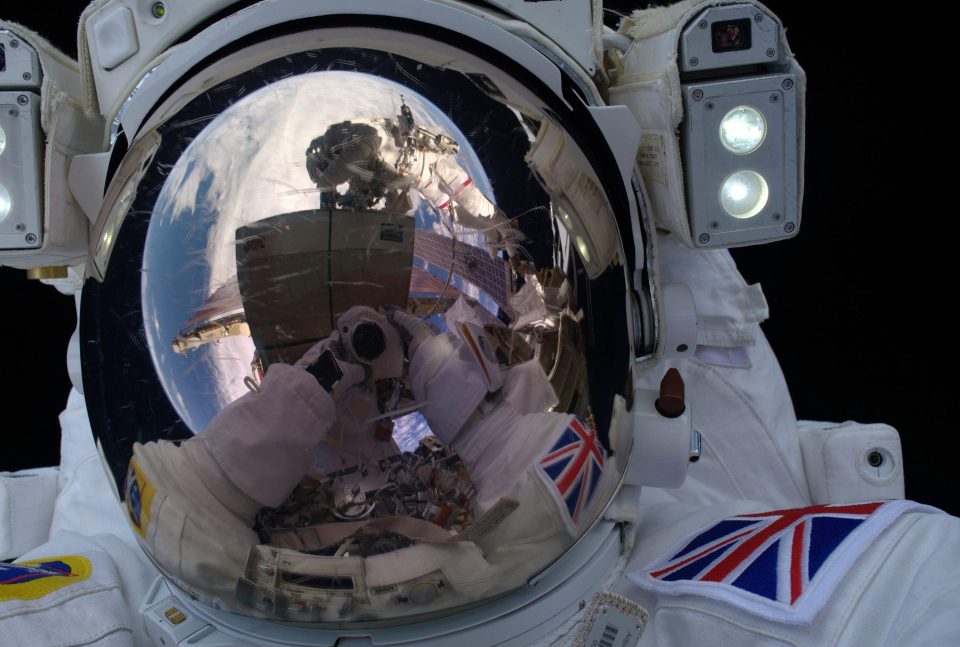This is what happens when an identical twin goes into Space and leaves the other behind
Nasa think a 'space gene' is activated while astronauts are soaring through the cosmos

NASA has discovered a brilliant way to figure out what happens to humans' bodies while they are in Space.
It has been monitoring identical twins - one of whom is an astronaut - to see differences in their health.
Scott Kelly returned home last March after nearly one year living on the International Space Station.
But his identical twin brother, Mark, remained on Earth.
Researchers took biological samples of the the space agency's answer to Phil and Mitchell before, during and after Scott's mission to see how the body is affected by long periods in Space.
And it doesn't make for happy reading.
The study is not complete, but initial results show that Scott had less of a chemical that regulates blood sugar after meals.
He also appeared to to have a slight reduction in speed and accuracy in brain tests.
Scott suffered a decline in bone formation during the second half of his mission, but after a bout of heavy exercising he managed to boost his stress hormone Cortisol which upped his bone and muscle health.
Scientists are now trying to figure out if a mystery gene expression was triggered by the mission.
The sequenced their genomes and found that each twin has hundreds of unique mutations in their genome.
A spokesperson stated: "RNA (transcriptome) sequencing showed more than 200,000 RNA molecules that were expressed differently between the twins.
"They will look closer to see if a “space gene” could have been activated while Scott was in space."
Scientists aren't sure whether these results indicate that genes are sensitive to changing environments whether on Earth or in Space.
Tim Peake might want to make stock.
The British astronaut spent six months on the International Space Station and last week revealed he would be entering Space again.
We pay for your stories! Do you have a story for The Sun Online news team? Email us at tips@the-sun.co.uk or call 0207 782 4368













